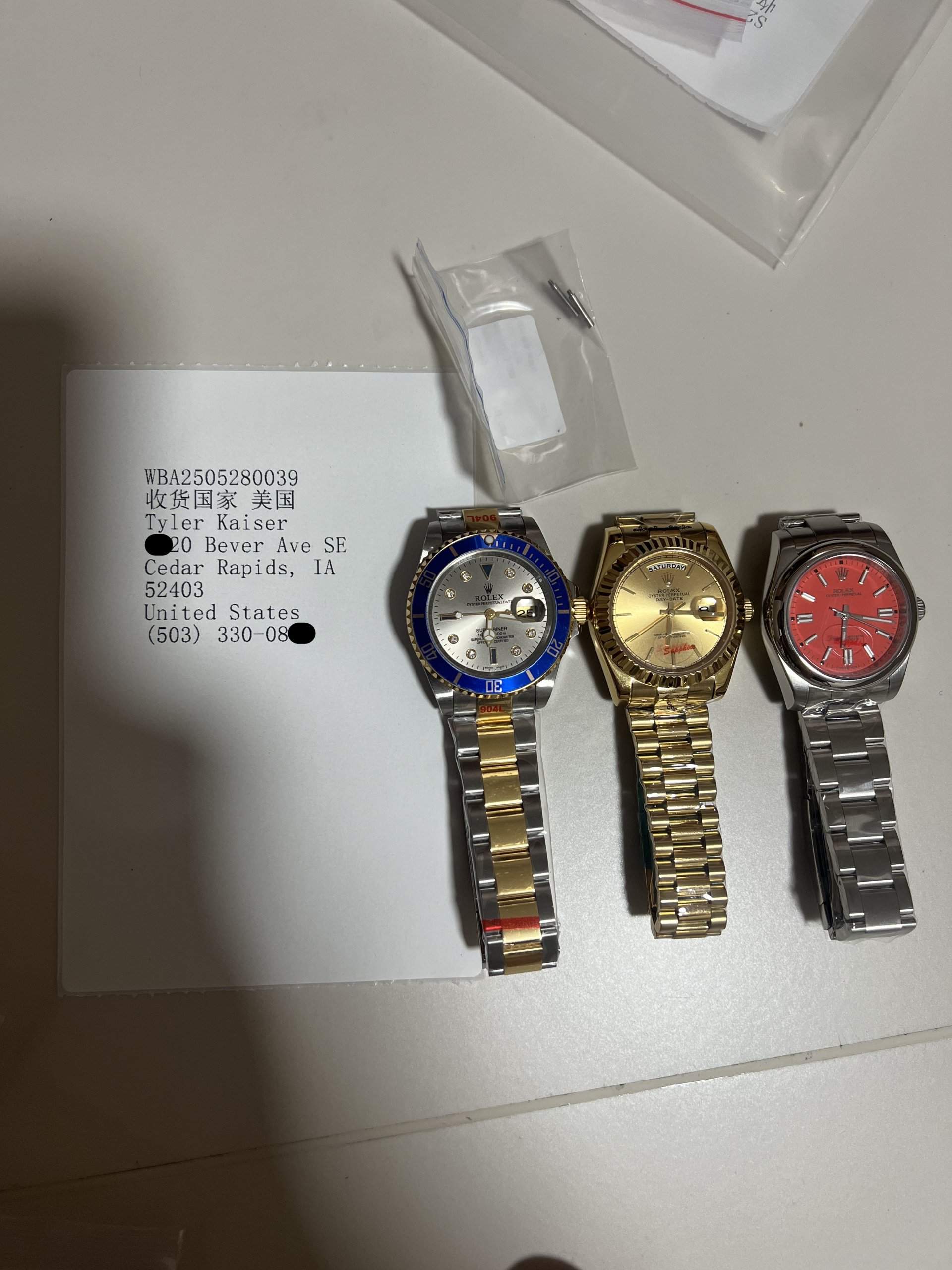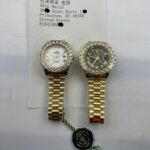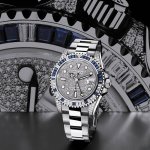Rolex always evokes images of explorers conquering Everest, divers plunging into abyssal trenches, and celebrities flaunting icy bezels on red carpets. But behind the polished stainless steel and glittering gemstones lies a treasure trove of secrets that even die-hard fans might not know. Buckle up as we dive into five mind-blowing facts about the crown jewel of horology.

1. London, Not Switzerland: The Humble Birthplace of a Global Icon
Close your eyes and picture replica Rolex’s origins. If you imagined Alpine landscapes and Swiss workshops, think again. The brand was born in 1905 in a modest London office, founded by Hans Wilsdorf, a 24-year-old German visionary, and his English brother-in-law, Alfred Davis. Their mission? To create wristwatches so precise and reliable they could rival pocket watches-a radical idea at the time.
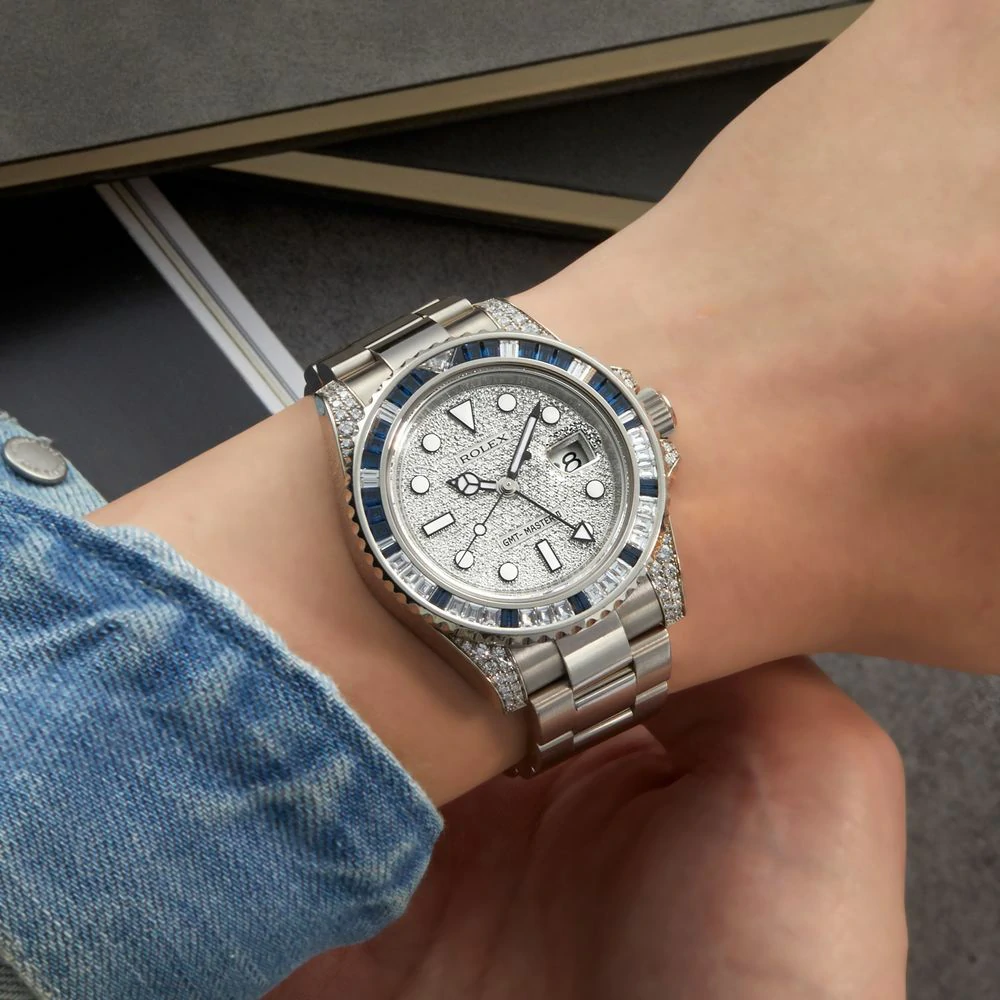
But why the move to Geneva in 1919? Post-WWI Britain imposed a 33% luxury tax on imported watch parts, crippling the young company. Switzerland, with its skilled craftsmen and tax-friendly policies, offered sanctuary. Yet, Rolex’s British roots remain etched in history-right down to the name.
2. “Rolex” Was Invented on a Bus-And Means Absolutely Nothing
The name “Rolex” oozes luxury, but its origin story is delightfully random. Wilsdorf wanted a short, memorable name that looked elegant in any language. Legend has it that while riding a double-decker bus through London’s Cheapside district, the word “Rolex” popped into his head. “It sounded like a replica watch,” he later said.
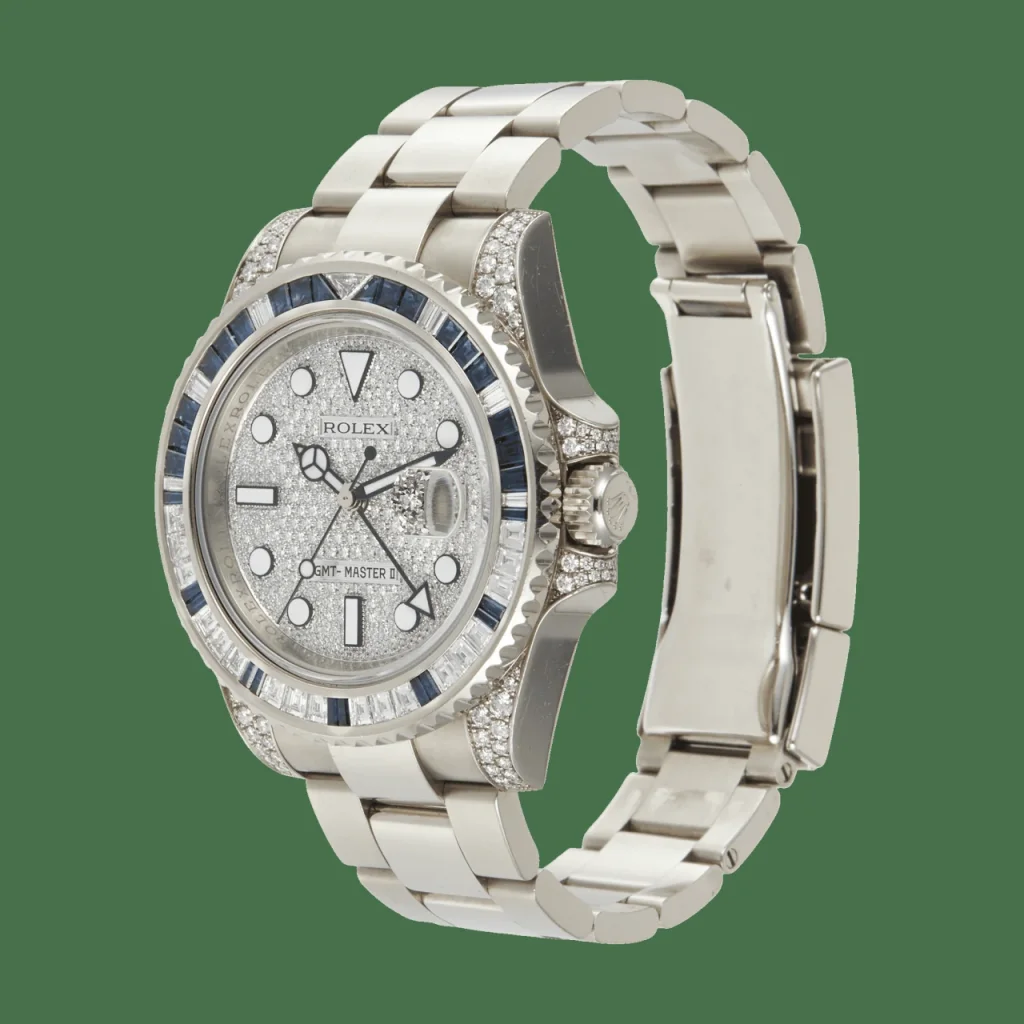
Critics dismissed the name as frivolous, but Wilsdorf’s gamble paid off. By 1914, a Rolex wristwatch became the first to earn the Swiss Certificate of Chronometric Precision-a badge of honor still worn proudly today.
3. The Oyster: How a Snack Inspired the First Waterproof Watch
Long before the Submariner dominated dive scenes, Rolex made history in 1926 with the Oyster-the world’s first waterproof wristwatch. Its secret? A hermetically sealed case inspired by the mollusk’s ability to clamp shut. The screw-down crown and caseback, lined with rubber gaskets, locked out moisture and dust-a revolutionary feat.
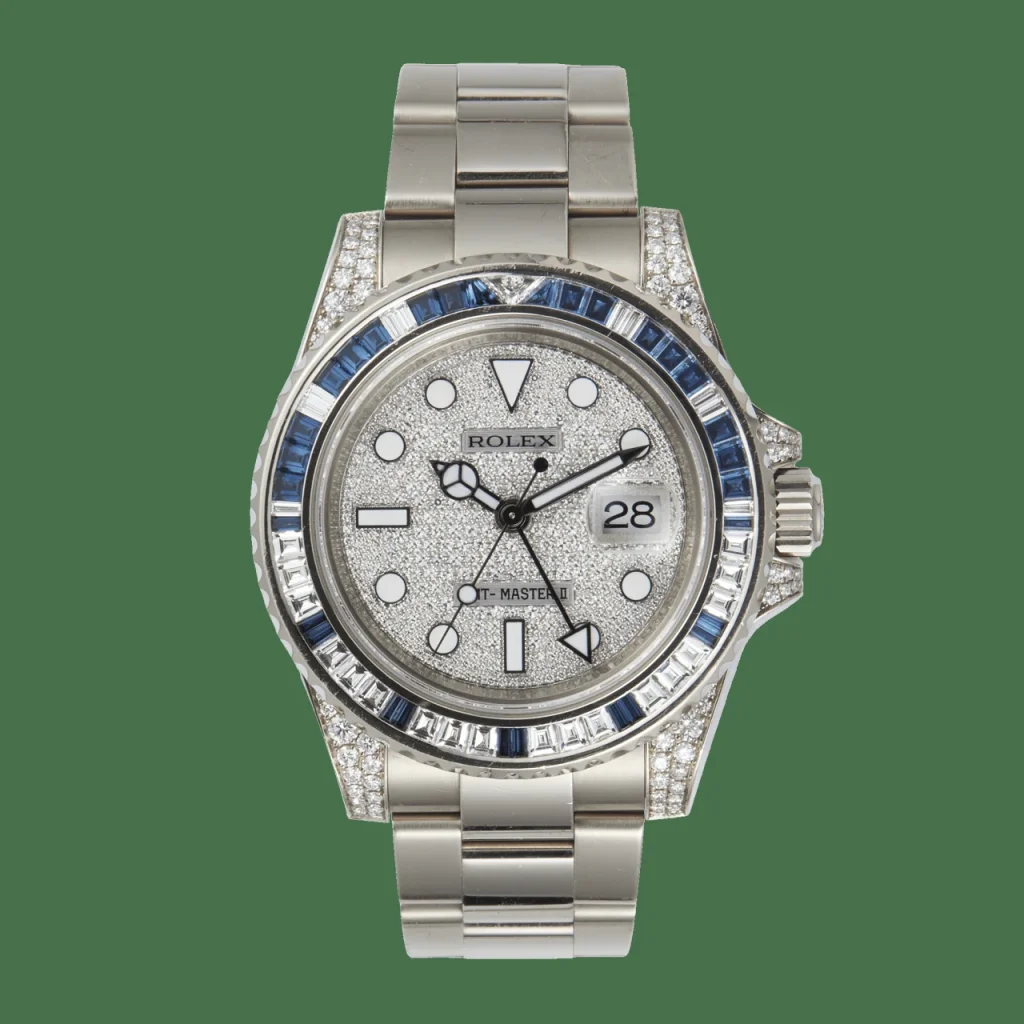
But how to prove it? Enter Mercedes Gleitze, a British typist turned endurance swimmer. In 1927, she swam the icy English Channel for 10 hours wearing an Oyster. When she emerged, the watch ticked flawlessly. Rolex bought a full-page ad in the Daily Mail declaring, “The Wonder Watch That Defies the Elements!” The Oyster’s legacy was sealed.
4. Surviving Everest, Mariana Trenches, and James Cameron’s Obsession
Rolex doesn’t just keep time-it conquers extremes. In 1953, Sir Edmund Hillary and Tenzing Norgay wore Oyster Perpetuals during their historic Everest ascent. Post-climb, Rolex tested Hillary’s watch and found it in perfect condition despite -40°C temps and bone-jarring shocks.
Decades later, filmmaker James Cameron took fake Rolex even deeper. In 2012, he piloted a submersible to the Mariana Trench’s Challenger Deep (35,787 feet). Strapped to the vessel’s robotic arm? A Rolex Deepsea Challenge prototype. It survived pressures of 16,000 psi-equivalent to an elephant standing on a postage stamp-and emerged ticking.
5. Every Rolex Is Handmade… and Takes Longer to Build Than a Ferrari
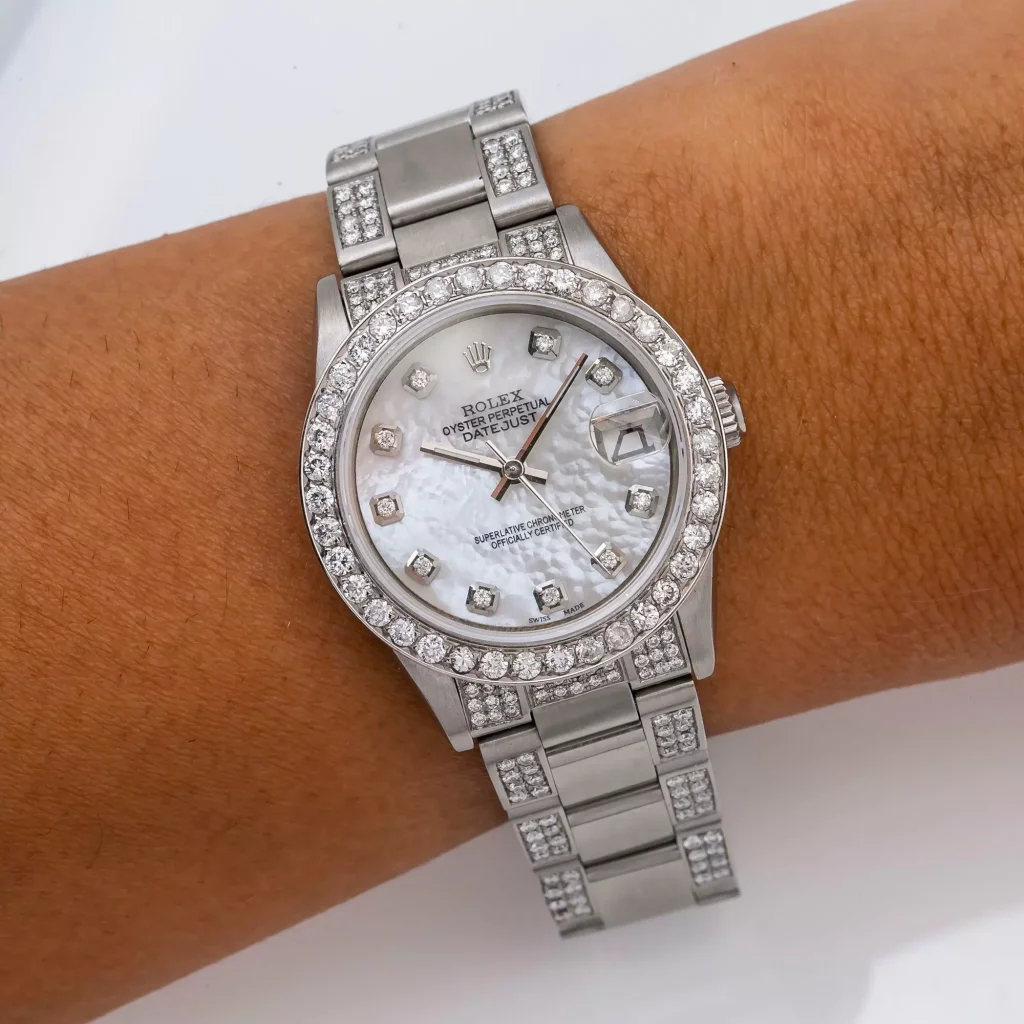
Forget assembly lines. Rolex’s 800,000 annual watches are crafted by master artisans in Geneva, where robots are banned from the workshop. A single Daytona can take a year to complete, with movements assembled by hand, cases polished for weeks, and dials painted with microscopic precision.
